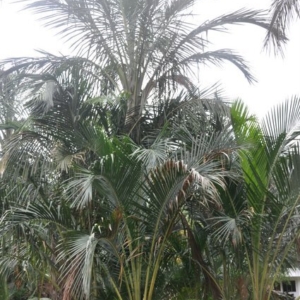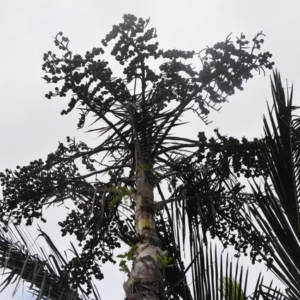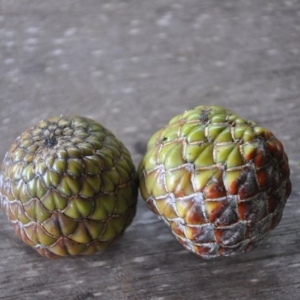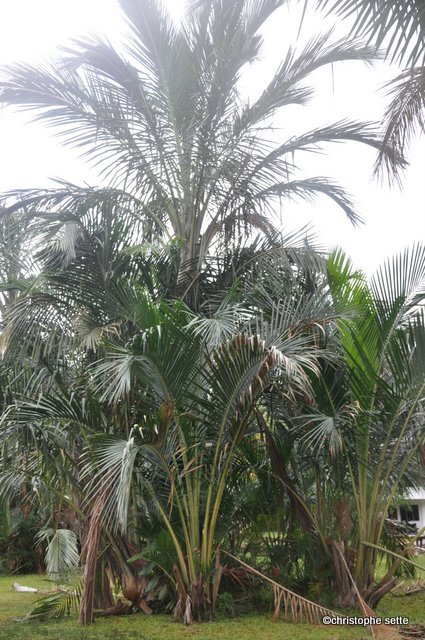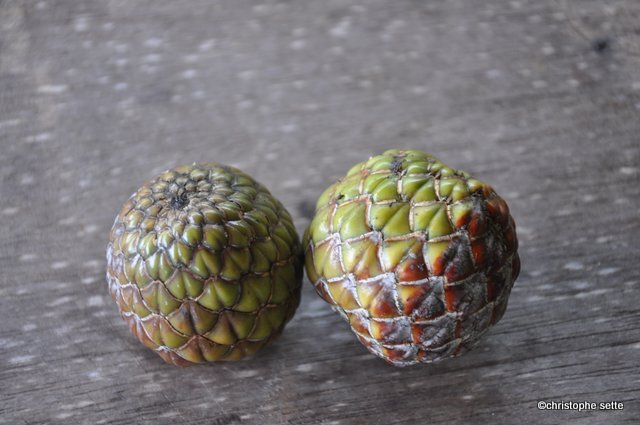Country Of Origin
Java (Indonesia)
![O:31:"craft\elements\db\CategoryQuery":84:{s:27:"�yii\base\Component�_events";a:0:{}s:35:"�yii\base\Component�_eventWildcards";a:0:{}s:30:"�yii\base\Component�_behaviors";a:1:{s:12:"customFields";O:35:"craft\behaviors\CustomFieldBehavior":152:{s:5:"owner";r:1;s:34:"�yii\base\Behavior�_attachedEvents";a:0:{}s:10:"hasMethods";b:1;s:16:"canSetProperties";b:1;s:8:"address1";N;s:8:"address2";N;s:4:"city";N;s:5:"state";N;s:3:"zip";N;s:7:"country";N;s:11:"climateZone";N;s:6:"czZone";N;s:6:"czCity";N;s:10:"czProvince";N;s:9:"firstName";N;s:8:"lastName";N;s:5:"email";N;s:8:"password";N;s:12:"emailAddress";N;s:6:"photos";N;s:10:"photoSize1";N;s:14:"photoLocation1";N;s:14:"photoPlanting1";N;s:6:"photo3";N;s:6:"photo4";N;s:6:"photo5";N;s:14:"photoLocation2";N;s:14:"photoLocation3";N;s:14:"photoLocation4";N;s:14:"photoLocation5";N;s:10:"photoSize2";N;s:10:"photoSize3";N;s:10:"photoSize4";N;s:10:"photoSize5";N;s:14:"photoPlanting2";N;s:14:"photoPlanting3";N;s:14:"photoPlanting4";N;s:14:"photoPlanting5";N;s:10:"photoGroup";N;s:5:"photo";N;s:4:"size";N;s:8:"location";N;s:14:"typeOfPlanting";N;s:5:"agree";N;s:4:"body";N;s:10:"commonName";N;s:4:"zone";N;s:7:"minTemp";N;s:7:"zoneAlt";N;s:10:"growthRate";N;s:17:"lightRequirements";N;s:5:"habit";N;s:8:"heightFt";N;s:7:"heightM";N;s:9:"soilPhMin";N;s:9:"soilPhMax";N;s:8:"priority";N;s:5:"seeds";N;s:8:"seedling";N;s:8:"fourInch";N;s:9:"oneGallon";N;s:11:"threeGallon";N;s:13:"photoSpecies1";N;s:13:"photoSpecies2";N;s:13:"photoSpecies3";N;s:13:"photoSpecies4";N;s:13:"photoSpecies5";N;s:12:"abbreviation";N;s:15:"metaDescription";N;s:13:"metaPageTitle";N;s:11:"socialImage";N;s:19:"descriptionFallback";N;s:17:"globalSocialImage";N;s:13:"titleFallback";N;s:16:"pollAnswerMatrix";N;s:5:"label";N;s:12:"selectedPoll";N;s:5:"image";N;s:10:"recentPoll";N;s:10:"userPhotos";N;s:5:"sizeX";N;s:10:"imageTitle";N;s:21:"inPersonalCollectionX";N;s:9:"locationX";N;s:8:"speciesX";N;s:9:"photoDump";N;s:7:"species";N;s:19:"inPrivateCollection";N;s:15:"typeOfPlantingX";N;s:20:"formerScientificName";N;s:11:"headingList";N;s:4:"text";N;s:7:"heading";N;s:8:"careTips";N;s:8:"mapImage";N;s:13:"speciesPhotos";N;s:4:"user";N;s:20:"inPersonalCollection";N;s:11:"speciesPage";N;s:11:"assignments";N;s:16:"leafTypeDropdown";N;s:23:"countryOfOriginCategory";N;s:10:"linkTarget";N;s:11:"buttonLabel";N;s:12:"externalLink";N;s:12:"internalLink";N;s:9:"inHabitat";N;s:21:"skipPhotoFieldsDetail";N;s:20:"skipPhotoFieldsLabel";N;s:20:"recentSpeciesUpdates";N;s:14:"twitterProfile";N;s:16:"instagramProfile";N;s:15:"linkedinProfile";N;s:15:"facebookProfile";N;s:10:"crownshaft";N;s:14:"threadsProfile";N;s:16:"temperatureRange";N;s:9:"zoneTitle";N;s:15:"newsDescription";N;s:12:"newsImageUrl";N;s:8:"newsLink";N;s:10:"newsSource";N;s:28:"conservationScaleDescription";N;s:28:"conservationScaleStatusColor";N;s:17:"conservationScale";N;s:19:"userFacebookProfile";N;s:20:"userInstagramProfile";N;s:18:"userThreadsProfile";N;s:14:"imagePositionX";N;s:16:"shortDescription";N;s:11:"buttonTitle";N;s:14:"imagePositionY";N;s:6:"newTab";N;s:7:"linkUrl";N;s:10:"hideAuthor";N;s:11:"linkEntries";N;s:14:"authorOverride";N;s:8:"category";N;s:13:"contentBlocks";N;s:12:"callToAction";N;s:12:"calloutTitle";N;s:8:"embedUrl";N;s:6:"images";N;s:15:"singleImageSize";N;s:12:"shopCategory";N;s:14:"shopifyProduct";N;s:13:"speciesSelect";N;s:8:"products";N;s:14:"blueskyProfile";N;s:18:"userBlueskyProfile";N;s:7:"subject";N;s:55:"�craft\behaviors\CustomFieldBehavior�_customFieldValues";a:0:{}}}s:6:"select";a:1:{s:2:"**";s:2:"**";}s:12:"selectOption";N;s:8:"distinct";b:0;s:4:"from";N;s:7:"groupBy";N;s:4:"join";a:1:{i:0;a:3:{i:0;s:10:"INNER JOIN";i:1;a:1:{s:9:"relations";s:14:"{{%relations}}";}i:2;a:4:{i:0;s:3:"and";i:1;s:40:"[[relations.targetId]] = [[elements.id]]";i:2;a:2:{s:18:"relations.sourceId";i:384806;s:17:"relations.fieldId";i:150;}i:3;a:3:{i:0;s:2:"or";i:1;a:1:{s:22:"relations.sourceSiteId";N;}i:2;a:1:{s:22:"relations.sourceSiteId";i:1;}}}}}s:6:"having";N;s:5:"union";N;s:11:"withQueries";N;s:6:"params";a:0:{}s:18:"queryCacheDuration";N;s:20:"queryCacheDependency";N;s:5:"where";N;s:5:"limit";N;s:6:"offset";N;s:7:"orderBy";s:0:"";s:7:"indexBy";N;s:16:"emulateExecution";b:0;s:11:"elementType";s:23:"craft\elements\Category";s:5:"query";N;s:8:"subQuery";N;s:12:"contentTable";s:12:"{{%content}}";s:12:"customFields";N;s:9:"inReverse";b:0;s:7:"asArray";b:0;s:18:"ignorePlaceholders";b:0;s:6:"drafts";b:0;s:17:"provisionalDrafts";b:0;s:7:"draftId";N;s:7:"draftOf";N;s:12:"draftCreator";N;s:15:"savedDraftsOnly";b:0;s:9:"revisions";b:0;s:10:"revisionId";N;s:10:"revisionOf";N;s:15:"revisionCreator";N;s:2:"id";N;s:3:"uid";N;s:14:"siteSettingsId";N;s:10:"fixedOrder";b:0;s:6:"status";a:1:{i:0;s:7:"enabled";}s:8:"archived";b:0;s:7:"trashed";b:0;s:11:"dateCreated";N;s:11:"dateUpdated";N;s:6:"siteId";i:1;s:6:"unique";b:0;s:11:"preferSites";N;s:6:"leaves";b:0;s:9:"relatedTo";N;s:5:"title";N;s:4:"slug";N;s:3:"uri";N;s:6:"search";N;s:3:"ref";N;s:4:"with";N;s:16:"withCustomFields";b:1;s:13:"withStructure";b:1;s:11:"structureId";N;s:5:"level";N;s:14:"hasDescendants";N;s:10:"ancestorOf";N;s:12:"ancestorDist";N;s:12:"descendantOf";N;s:14:"descendantDist";N;s:9:"siblingOf";N;s:13:"prevSiblingOf";N;s:13:"nextSiblingOf";N;s:16:"positionedBefore";N;s:15:"positionedAfter";N;s:17:"�*�defaultOrderBy";a:2:{s:20:"elements.dateCreated";i:3;s:11:"elements.id";i:3;}s:53:"�craft\elements\db\ElementQuery�_placeholderCondition";N;s:51:"�craft\elements\db\ElementQuery�_placeholderSiteIds";N;s:39:"�craft\elements\db\ElementQuery�_result";N;s:47:"�craft\elements\db\ElementQuery�_resultCriteria";N;s:46:"�craft\elements\db\ElementQuery�_searchResults";N;s:42:"�craft\elements\db\ElementQuery�_cacheTags";N;s:42:"�craft\elements\db\ElementQuery�_columnMap";a:0:{}s:51:"�craft\elements\db\ElementQuery�_joinedElementTable";b:0;s:8:"editable";b:0;s:7:"groupId";i:11;} map image](https://projectpalm.net/assets/species/metroxylon-sagu/_600xAUTO_fit_center-center_100_none/map-of-Indonesia.png)
About Metroxylon sagu
This species occurs in habitat in the hot humid tropics of South-East Asia and Oceania. This is a massive, suckering species that can form a 'forest' of palms over time. It has pinnate leaves that emerge a brilliant red. This species is hapaxanthic, meaning it only flowers once in its lifetime and dies shortly afterwards. While one stem may die after flowering, the palm lives on through its suckers, which continue to grow below ground level. It also has one of the largest flowers in the plant world, up to 25' tall right from the top of the palm. The fruit is hard, scaled and very large (size of baseballs). They turn bright green to tan as they ripen. This is an important plant economically throughout tropical Asia as a source of edible starch. The true sago palm, this has been described as humankind’s oldest foodplant.
| Climate Zone | 11 |
| Min Temp (F/C) | Over 40 F / Over 4 C |
| Leaf Type | Pinnate |
| Height | 66 Ft / 20 M |
| Growth Rate | Slow |
| Conservation Status |
Least Concern
|
Cultivation Tips
This species thrives in warm, humid tropical climates with abundant rainfall. Plant in a location that receives full sun to partial shade. It tolerates a wide range of soil types, provided it is well-drained and rich in organic matter. Ideally, the pH of the soil should be slightly acidic to neutral. This species is not cold tolerant at all. Water regularly, especially during dry periods. This species requires regular fertilization to maintain healthy growth. A balanced fertilizer can be applied every three months.
To Contribute To Project Palm!
